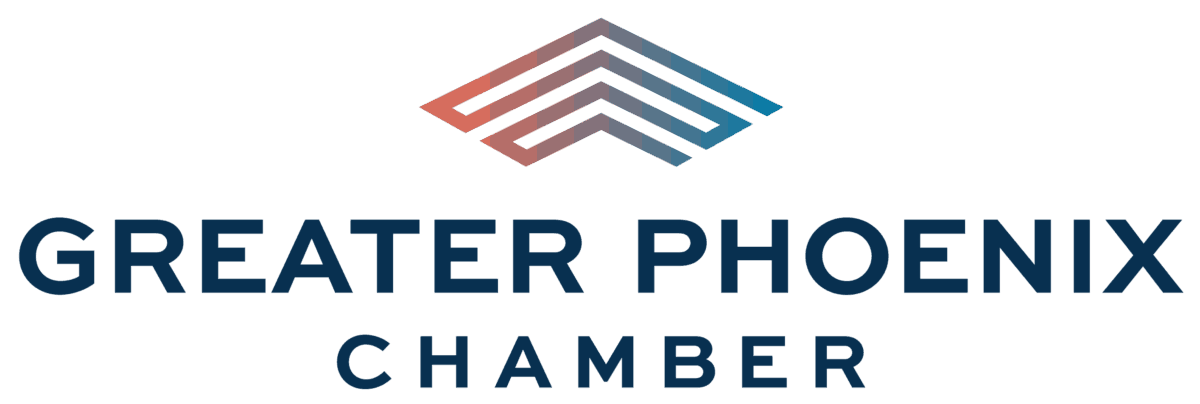Financing 101: Essential Tips for Small Businesses Considering a Loan
Launching, running, or expanding a small business often requires additional funding. Borrowing money can provide the capital needed to purchase equipment, hire staff, or weather seasonal downturns — but taking on debt without careful planning can also create long-term challenges.
This guide walks through financing options, key loan terms to understand, and risks to avoid. By approaching borrowing strategically, small business owners can secure funding while keeping long-term stability intact.
Types of Financing Options for Small Businesses
Not all loans or funding sources are created equal. Before borrowing, it’s worth comparing the main options:
-
Traditional Bank Loans – Often offer lower interest rates but come with strict credit requirements and lengthy approval processes.
-
SBA Loans – Backed by the U.S. Small Business Administration, these can be more accessible for smaller firms but still require detailed paperwork (SBA loan basics).
-
Business Lines of Credit – Flexible borrowing you can draw from as needed. Great for managing cash flow but can lead to overuse.
-
Merchant Cash Advances – Quick cash but very high costs; repayment is usually tied to daily sales.
-
Online Lenders – Faster approval and less strict requirements, but higher interest rates. Examples include Bluevine and Fundbox.
-
Community Development Financial Institutions (CDFIs) – Local mission-driven lenders that often support underserved entrepreneurs (CDFI directory).
Why Reviewing Loan Agreements Is Critical
Before signing, owners should review loan agreements line by line. These documents outline repayment schedules, interest rates, collateral requirements, and obligations that can affect your business for years. Skipping the fine print may lead to unexpected penalties, balloon payments, or restrictions on future borrowing.
For a clear breakdown of what to look for in a loan agreement, check this out. Understanding these details in advance helps you avoid surprises and borrow with confidence.
Key Loan Terms Every Business Owner Should Understand
When reviewing financing offers, keep these core terms in mind:
|
Term |
What It Means |
Why It Matters |
|
APR (Annual Percentage Rate) |
The annual cost of the loan including fees |
Lets you compare total cost across lenders |
|
Collateral |
Assets pledged to secure the loan |
Losing collateral can damage operations if you default |
|
Personal Guarantee |
You’re personally liable if the business can’t repay |
Blurs the line between business and personal risk |
|
Prepayment Penalties |
Fees for paying off early |
Can reduce flexibility if you refinance |
|
Amortization Schedule |
How payments are split between principal and interest |
Helps you understand when equity builds |
|
Balloon Payment |
A large lump sum due at the end |
Can strain cash flow if not planned for |
Common Risks to Avoid When Borrowing
Even if the loan is approved, pitfalls remain. Avoid these mistakes:
-
Borrowing more than you can repay – Cash flow projections should support repayment.
-
Using short-term loans for long-term needs – Leads to refinancing traps.
-
Not shopping around – Compare offers from at least three lenders. Tools like NerdWallet can help.
-
Mixing personal and business debt – Blurs financial records and risks personal assets.
-
Ignoring fees – Origination fees, service charges, or maintenance costs can add up quickly.
-
Assuming refinancing will always be possible – Market conditions change.
Execution Checklist Before Taking on Debt
To make the process manageable, follow this quick checklist:
-
✅ Review your financials (profit/loss, balance sheet, projections).
-
✅ Determine the exact amount needed and its purpose.
-
✅ Compare at least three different financing options.
-
✅ Understand loan terms — especially collateral, guarantees, and APR.
-
✅ Ask your local Chamber of Commerce for connections to trusted lenders.
-
✅ Consult an accountant or legal advisor before signing.
-
✅ Plan repayment within your operating budget.
Frequently Asked Questions (FAQ)
What credit score do I need to qualify for a small business loan?
Most banks look for scores above 680. Online lenders and CDFIs may approve lower scores if you demonstrate strong business fundamentals.
Should I use a personal credit card instead of a loan?
Credit cards can be useful for small, short-term expenses but often carry much higher interest rates. Long-term borrowing should rely on structured loans.
Are online lenders safe?
Many reputable fintech lenders exist, but always verify licensing, check reviews, and compare against traditional lenders. Sites like Lendio help compare providers.
How can I prepare for loan approval?
Prepare up-to-date financial statements, a business plan, tax returns, and legal documents. Showing organized records builds lender confidence.
What happens if I default on a loan?
Default can harm your credit, result in loss of collateral, and limit future borrowing options. It may also affect personal assets if you signed a personal guarantee.
Conclusion
Borrowing money can accelerate growth and stabilize operations, but it’s not a decision to take lightly. By exploring financing options, understanding key terms, and avoiding common pitfalls, small business owners can borrow wisely — securing capital without jeopardizing long-term stability.
Discover how the Phoenix Chamber of Commerce can empower your business with unparalleled resources and networking opportunities—visit us today!
This Member Deals is promoted by Greater Phoenix Chamber.


